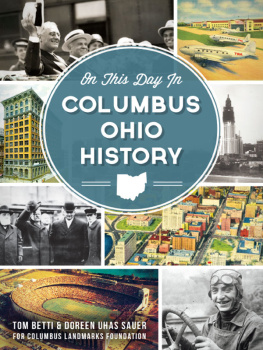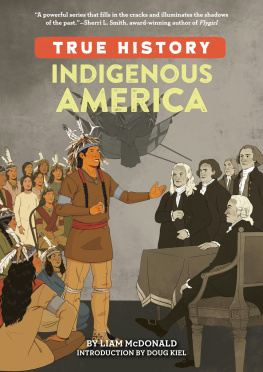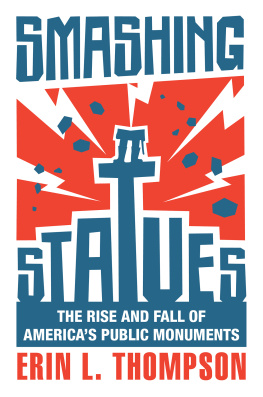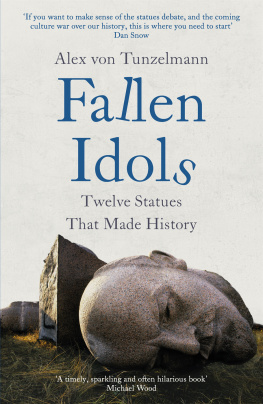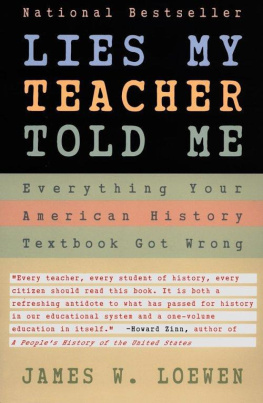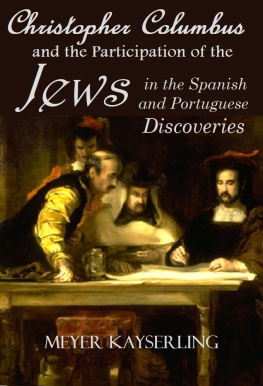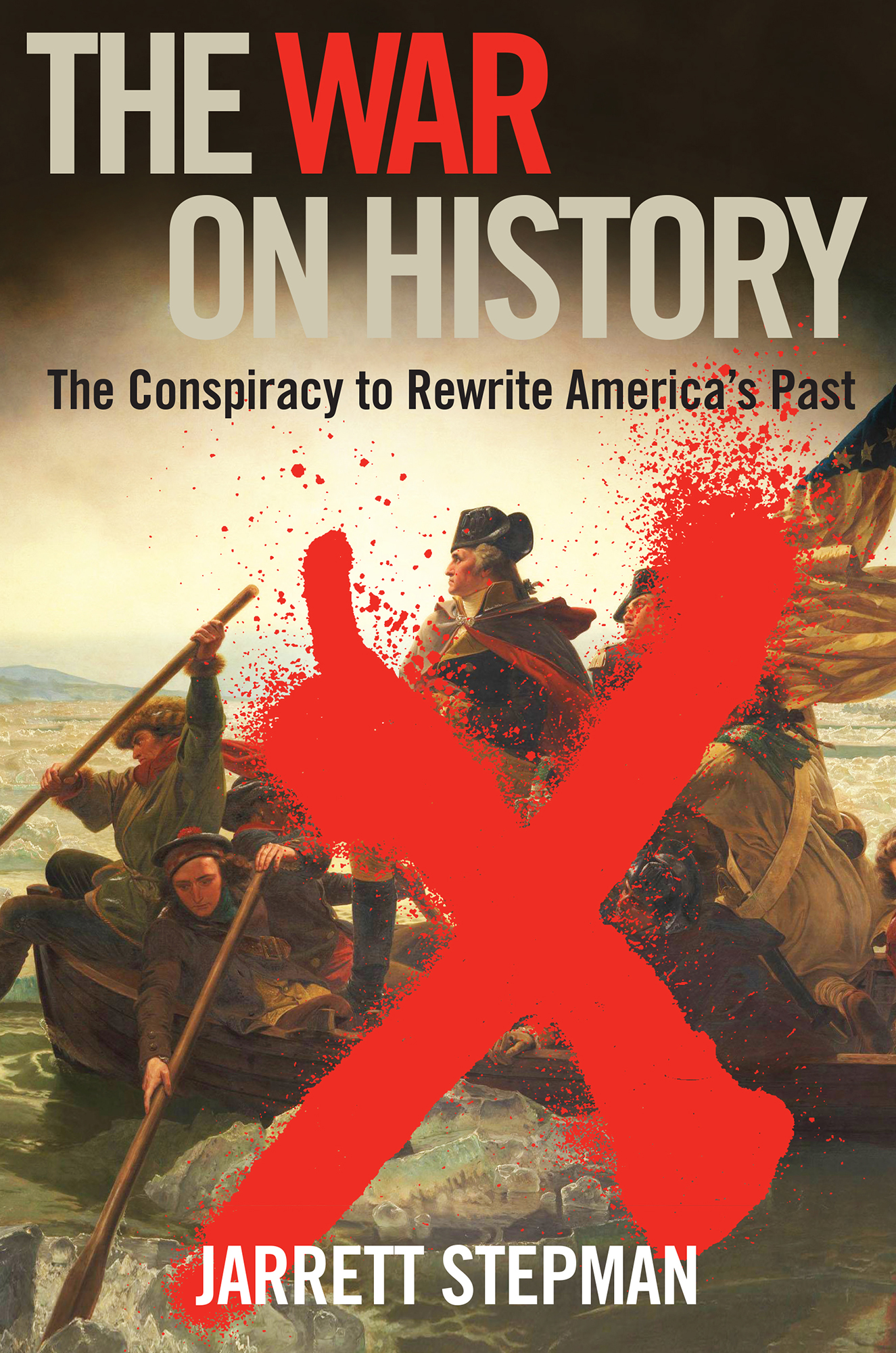Contents
Guide
Copyright 2019 by Jarrett Stepman
All rights reserved. No part of this publication may be reproduced or transmitted in any form or by any means electronic or mechanical, including photocopy, recording, or any information storage and retrieval system now known or to be invented, without permission in writing from the publisher, except by a reviewer who wishes to quote brief passages in connection with a review written for inclusion in a magazine, newspaper, website, or broadcast.
Regnery is a registered trademark of Salem Communications Holding Corporation
Cataloging-in-Publication data on file with the Library of Congress
ISBN 978-1-62157-809-3
ebook ISBN 978-1-62157-907-6
Published in the United States by
Regnery Gateway
an inprint of Regnery Publishing
A Division of Salem Media Group
300 New Jersey Ave NW
Washington, DC 20001
www.RegneryGateway.com
Cover design by John Caruso
Books are available in quantity for promotional or premium use. For information on discounts and terms, please visit our website: www.Regnery.com.
To my family, and especially my wife, Inez.
Introduction
An informed patriotism is what we want. And are we doing a good enough job teaching our children what America is and what she represents in the long history of the world?If we forget what we did, we wont know who we are. Im warning of an eradication of the American memory that could result, ultimately, in an erosion of the American spirit.
Ronald Reagan
A merica is once again at a crossroads. Though this superpower of almost unimaginable wealth is unlikely to be brought low by a disaster, there is an uneasiness about our future that is difficult to explain. An all-important question has opened up a great chasm between Americans: Is the essence of our civilizationour culture, our mores, our historyfundamentally good and worth preserving, or is it rotten at its root?
No policy debate or international crisis quite measures up to this underlying dilemma. As the young Abraham Lincoln asserted in his famed Lyceum Address, no trans-Atlantic military giant can crush us at a blow. At what point then is the approach of danger to be expected? he asked. I answer, if it ever reach us, it must spring up amongst us. It cannot come from abroad. If destruction be our lot, we must ourselves be its author and finisher. As a nation of freemen, we must live through all time, or die by suicide.
The gravest threat to the United States in the twenty-first century is not unsustainable debt, inequality, dysfunctional government, foreign enemies, or even radical Islamists. Lincolns insight that no great power or collection of powers could defeat us is true today, and his warning that our destruction will be our own work is just as urgent as when he uttered it.
When President Barack Obama said that he aimed to fundamentally transform America, he appealed to a large and growing number of people who believed that there was something deeply wrong with this country that needed transformation. To them, Obama became a kind of prophet who would somehow usher in a new order and wash away all the things they disliked about their country.
The inevitable march of history, whereby mankind continually improves until some utopia is reached, is an idea with a pedigree reaching back to philosophers like Hegel and Marx. According to this outlook, history does not only advance toward justice. In its relentless drive to perfection, it tramples even the thorny problems and complications of human nature itself.
Obamas supporters hoped that his election as president was a sign that we were well on our way to a society in which Americas pastand the people who represent itwere blissfully washed away, clearing the way for a new future. The Americans whom Obama once derided as clinging to their religion and their guns were sure to disappear, taking their traditional values with them. We had reached Year Zero of a brave new world, one removed from the nations old sins.
This narrative suffered a serious blow in the presidential election of 2016 when a basket of deplorables, as Hillary Clinton labeled them, elected Donald Trump. Suddenly, it appeared that Americans were not yet willing to give up old notions and traditions despite the Lefts decade-long effort to erase what they see as the oppressive story of American history. But the shocking 2016 election results only inspired progressives, enraged by their sense of political impotence, to accelerate the movement to obliterate the symbols of our past.
They turned their fury on the source of all their frustrations: the pillars of American identity. They started with the low-hanging fruit of Confederate statues but quickly moved on to more central figures of our nations past.
A protest by white nationalists and other radical groups at the feet of a statue of Robert E. Lee in Charlottesville, Virginia, sparked a national debate over such monuments. Though the racist extremists in Charlottesville represent a tiny minority of Americans, they provided the leverage progressives needed to take their war on history to a national level, tarring anyone who wishes to preserve it as a moral monster.
President Trump expressed his worries about where the iconoclast movement was headed: I wonder is it George Washington next week and is it Thomas Jefferson the week after? You know, you really do have to ask yourself, where does it stop?
The answer is that it doesnt stop. Shortly after Charlottesville, a small but relentless minority of activists went on the march seeking century-old monuments to destroy through legal or illegal means. They called into question memorials of Jefferson, Washington, Andrew Jackson, and Christopher Columbus, among others. Yes, the left-wing activists targeted the author of the Declaration of Independence and even Lewis and Clark. The mayor of Charlottesville called for the removal of a monument depicting the famed explorers of the West that had been deemed sexist because their Indian guide, Sacagawea, is portrayed crouching.
It was clear: it wasnt the Confederacy the activists were coming afterit was America. It was everything this country was built on and the people who made it. The attacks became systematic and widespread. If progressives couldnt get local city councils or the proper authorities to take down whatever the Left deemed offensive, the more radical of the activists would gather a mob and smash statues as authorities looked on or show up in the dead of night to vandalize them with red paint or sledgehammers.
This moment should give us pause. Far too few of us lucky inhabitants of the freest, most prosperous country in world history ever bother to ask how we got here and why the United States has succeeded so spectacularly. Far too many of us stand by or even cheer while radicals dismantle the pillars of our nations greatness on the theory that they are symbols of the oppression, racism, and prejudice that make America an irreparably flawed place.
The war on history did not come out of nowhere. It is not a mere spasm of resentment by a handful of triggered snowflakes. In an earlier time, Americans were inoculated by their education against the defamation of their nation. But today, a growing hard-left ideological bloc is preying on a new generations ignorance to detach them from American ideas, history, and cultural norms.
We were given fair warning of this moment by President Ronald Reagan in his farewell address. The 1980s resurgence in national pride and prosperity would not be sustainable unless the nation nurtured a deep and genuine patriotism. Reagan feared that a generation of Americans were raising their children to be ambivalent about their country and that popular culture was not interested in filling the gap. If we forget what we did, we wont know who we are. Im warning of an eradication of the American memory that could result, ultimately, in an erosion of the American spirit, he said.


